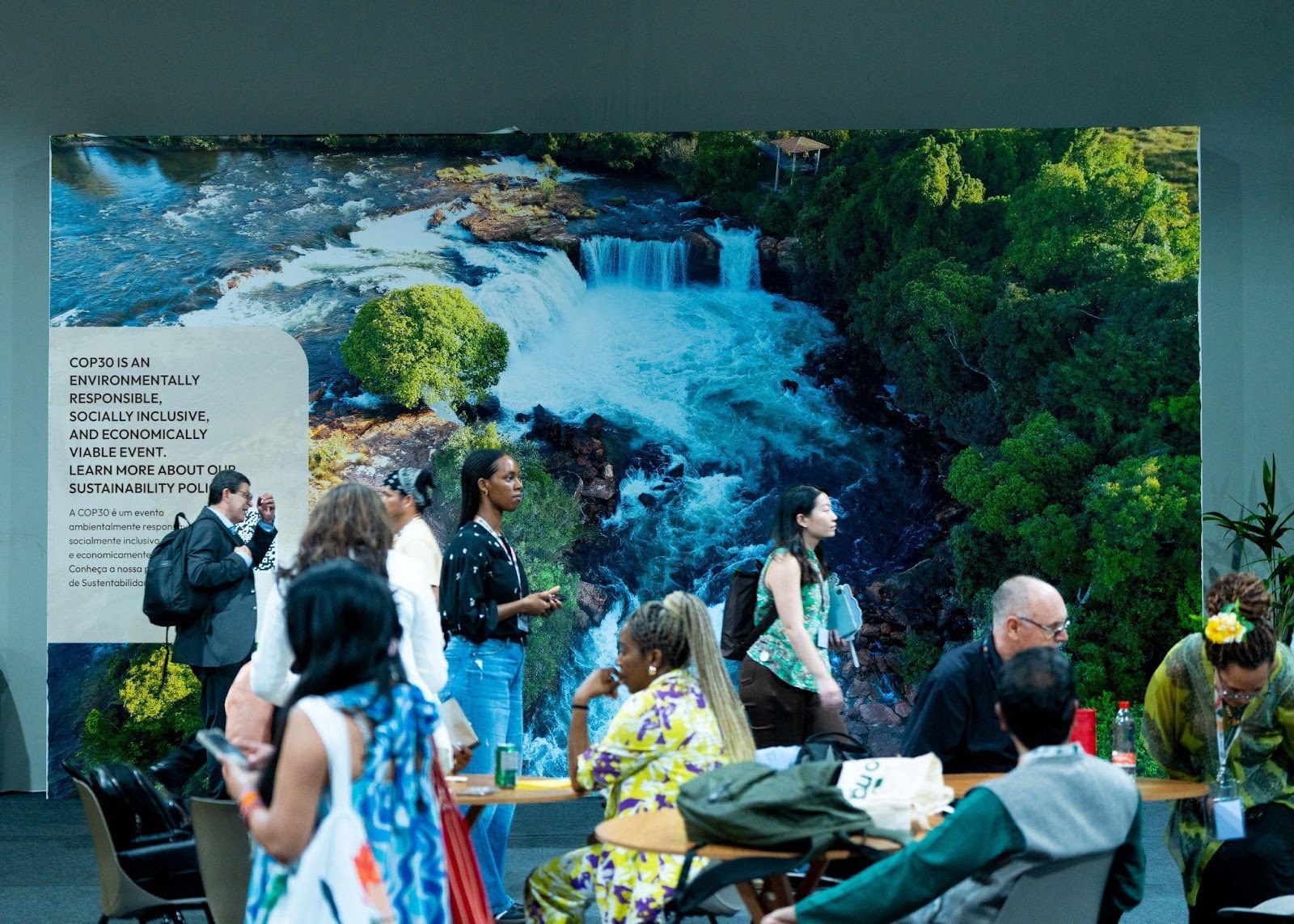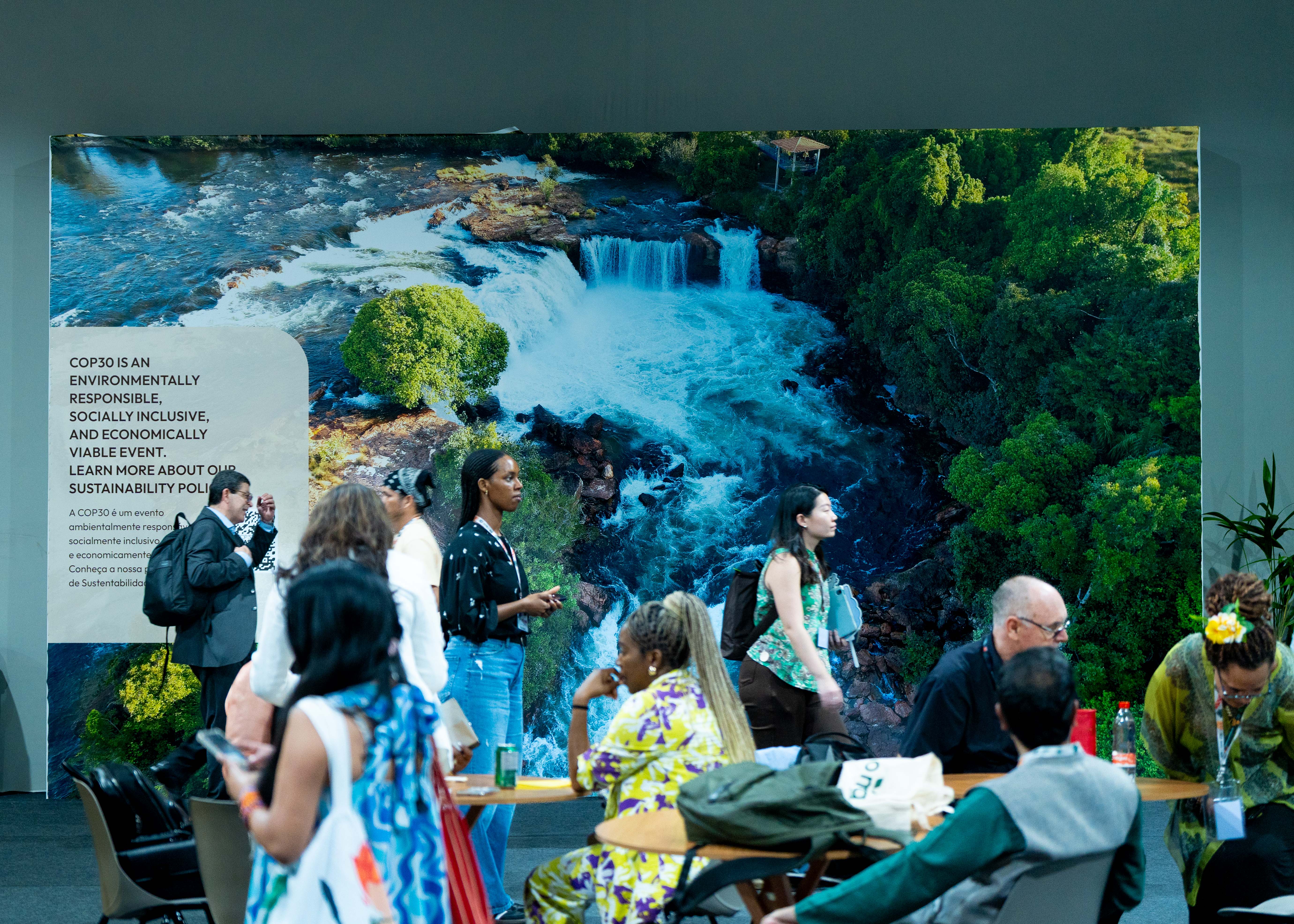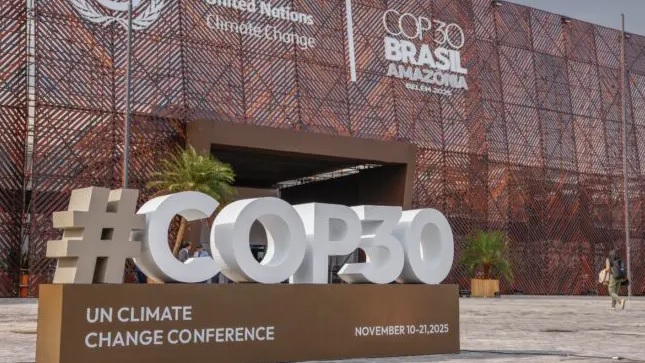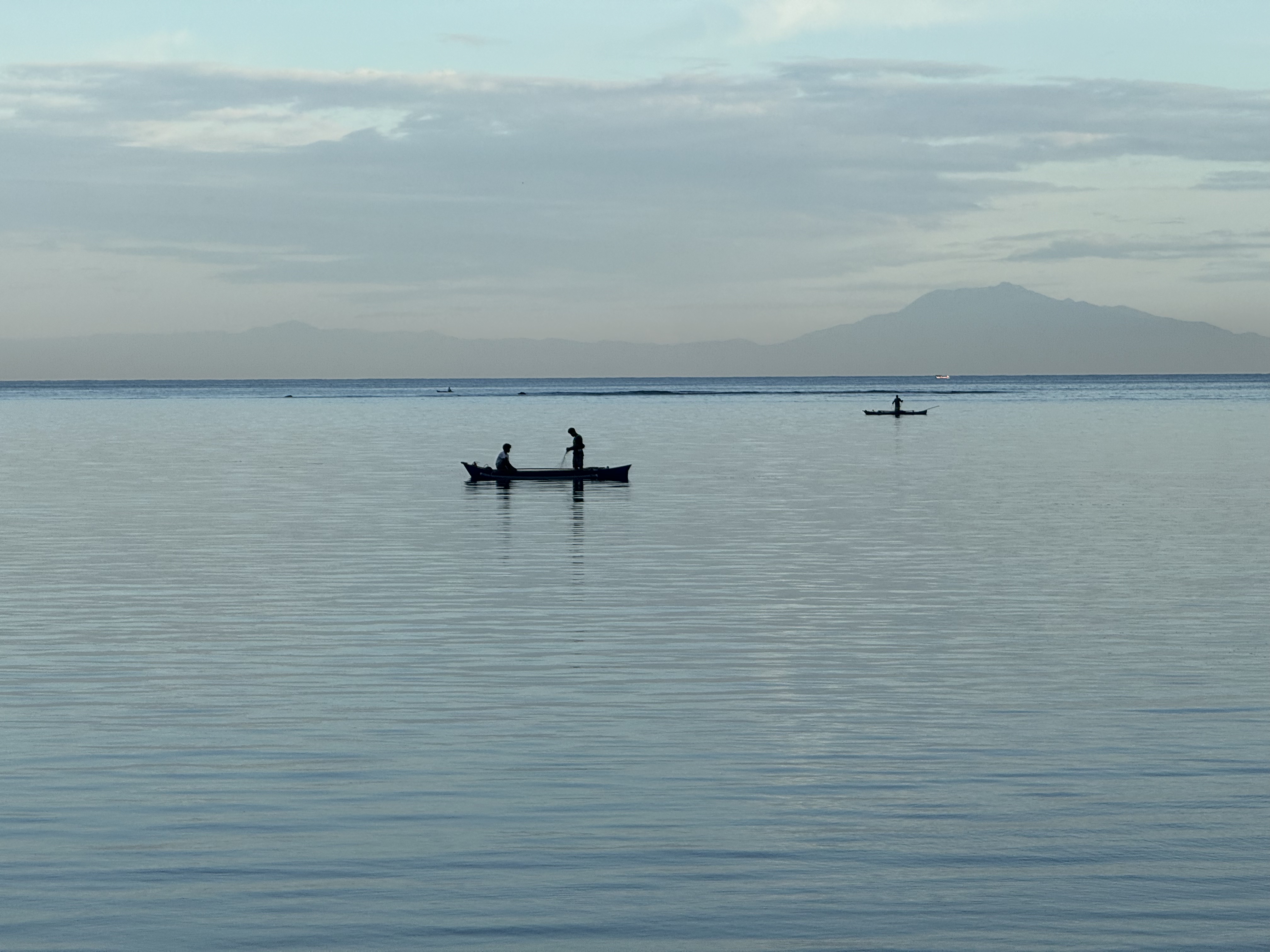
In many developing nations, climate change is not just another topic in meeting rooms; it's a reality for many communities. Through my experience in water resources management, I have witnessed firsthand the impact of floods and landslides on both people's lives and the surrounding environment. Each rainy season brings a sense of concern, especially in areas of the country where hillsides are particularly vulnerable. Local institutions do their best to prevent disaster, but the truth is clear: without adequate financial resources, even the most dedicated efforts fall short.
That’s why I decided to focus on climate finance at COP30 in Belém, Brazil. For me, this topic represents more than numbers or discussions. It represents hope, survival, and the possibility of resilience for vulnerable communities.
In the past few years, my country has experienced devastating floods and landslides. In 2023 and 2024, heavy rains triggered deadly disasters across districts in the Western part. Entire villages were washed away, many lives were lost, and thousands of families were displaced. In a matter of minutes, homes, schools, properties and farms were destroyed. For many survivors, finding a safe shelter and clean water was a distant dream.
The government and local institutions have acted quickly, relocating people, rebuilding infrastructure and supporting affected communities. However, these efforts relied on external loans from organisations like the World Bank and the IMF. Although this support is essential, it also deepens the debt burden of a country that has contributed little to global emissions. This is why equitable and accessible climate finance is not just a technical issue; it’s a matter of justice.
I still remember the sense of optimism that surrounded COP28 in Dubai when countries finally agreed to establish the Loss and Damage Fund. It was a long-awaited recognition that vulnerable nations truly need dedicated finance for irreversible climate impacts. That moment gave me hope. It felt like a long-overdue step toward fairness.
But by the time we ended COP29, that hope had faded. The negotiations on the new collective quantified goal on climate finance, the new number meant to replace the $100 billion annual target, ended with a disappointing outcome. The initial target was $1.3 trillion goal, yet only $300 billion was committed as public finance from developed countries. The rest would be expected to come from private sources, loans, or market-based mechanisms. For developing countries, this risks repeating the same challenges: limited access, high debt, and conditional support.
As we kick-off COP30 in Belém, I hope this COP rekindles trust and focuses on removing barriers to finance flows to developing countries. Climate finance should be predictable, accessible, and fair. It should empower communities to adapt, recover, and build resilience, not push them deeper into debt.
Belém, located at the edge of the Amazon rainforest, is a symbolic place to discuss these issues. The Amazon represents both the urgency of protecting nature and highlighting the disparities in who bears the cost of that protection. It serves as a reminder that climate finance is more than just meeting global goals. It’s about restoring balance between those who have benefited from emissions and those who are paying the price.
I know that negotiations are complex and progress is slow, but I also recognise that voices from the Global South matter. They remind the world that behind every “climate finance goal” are real lives, families rebuilding after floods, farmers trying to save their crops, and young people hoping for a future that isn’t defined by crisis.
As I'm attending COP30 in Belém, I carry both hope and determination. Hope that leaders will put people before politics and determination to keep following and amplifying the stories that too often go unheard. Ultimately, climate finance is not just about dollars. It’s about justice, and the right to a resilient future.



